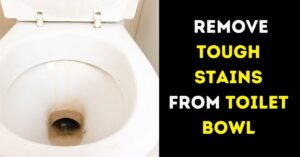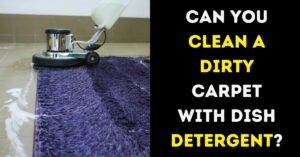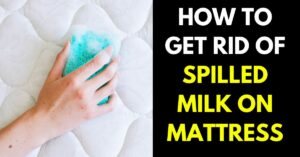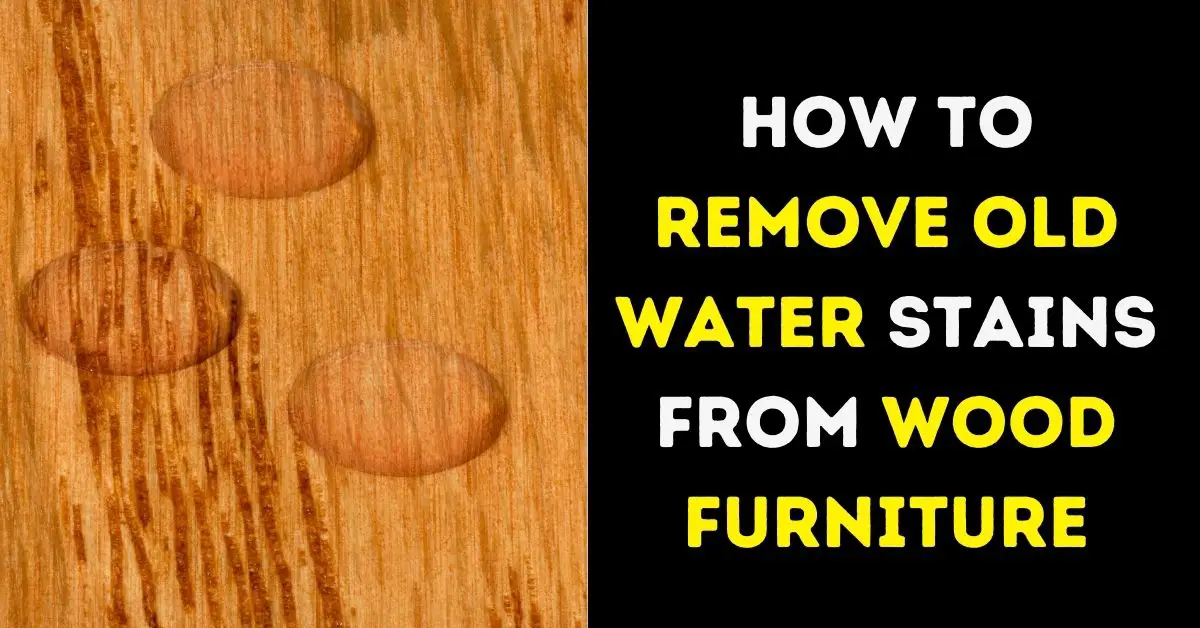
Wood furniture exudes timeless charm and elegance, enriching any living space with its natural allure. However, water stains can tarnish this beauty, posing a common challenge to furniture owners. These stains, whether light or dark, can mar the wood’s appearance and lead to lasting damage. In this guide, I will explore the impact of water stains on wood furniture and the importance of using gentle yet effective methods for their removing old water stains from wood furniture.
Water Stains on Wood Furniture: Understanding the Enemy
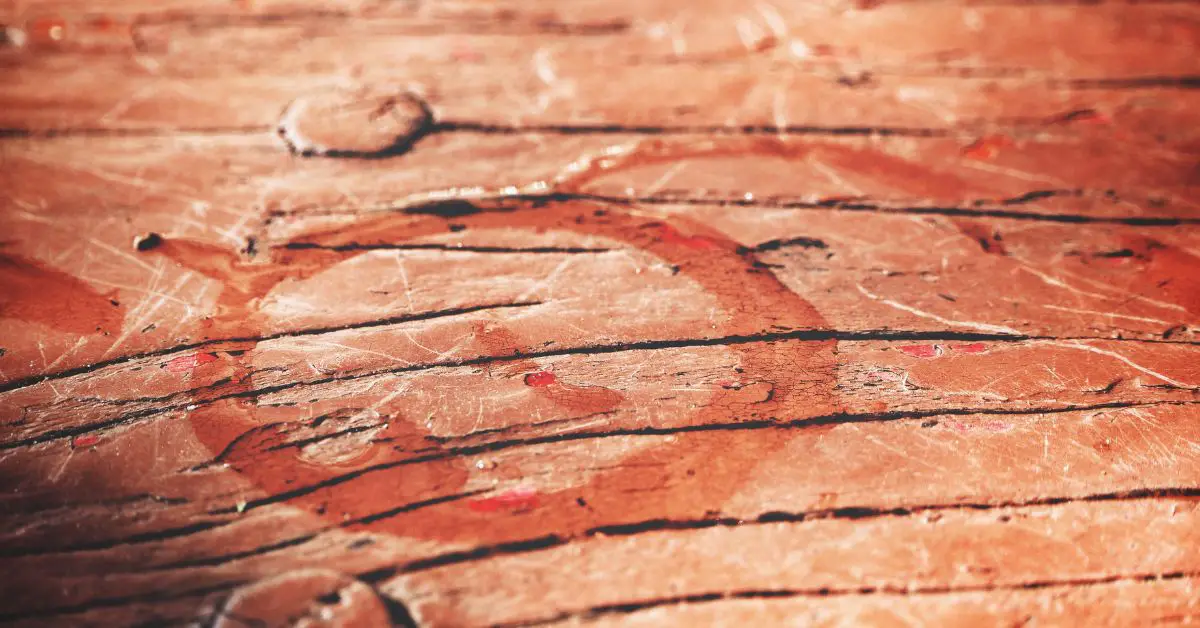
There’s no denying the beauty of wood furniture, but when those unsightly water stains appear, it can feel like a real setback. Understanding the nature of these stains is the first step to effectively combat them.
Differentiating between White and Dark Water Stains
Water stains on wood furniture often come in two main varieties: white stains and dark stains. White stains are typically caused by moisture penetrating the wood’s finish, leaving behind a cloudy or hazy mark. On the other hand, dark stains are more serious and occur when water penetrates deeper into the wood fibers, resulting in a darker, more noticeable discoloration.
Identifying the Causes of Water Stains
Knowing the causes of water stains is essential to prevent them from occurring in the future. Some common culprits include:
- Spills: Accidental spills of liquids like water, coffee, or tea can lead to white stains if not promptly cleaned.
- Condensation: Glasses or objects left on wood surfaces without coasters can create condensation, resulting in white stains over time.
- High Humidity: Prolonged exposure to high humidity levels can cause dark stains to develop, especially in porous or unfinished wood.
- Leaks: Water leaks or seepage from nearby sources can lead to severe and stubborn dark stains.
Preparing for Stain Removal
Before diving into the stain removal process, it’s crucial to prepare adequately to achieve the best results.
Gathering the Necessary Materials and Tools
Get all you need at hand. For white water stains, you might need mayonnaise, petroleum jelly, or toothpaste. For dark stains, baking soda, vinegar, olive oil, soft cloths, and brushes will come in handy.
How to Remove Old Water Stains from Wood Furniture: A Two-Step Natural Remedy
Water stains on wood furniture can be an eyesore, but fear not! In this section, we’ll guide you through a simple two-step process to banish those stubborn stains, whether they are light or dark.
Step-by-Step: Natural Remedies for Light Water Stains
- Using Mayonnaise or Petroleum Jelly: Surprisingly, the solution to those light, cloudy water stains could be sitting right in your kitchen pantry. Grab a small amount of mayonnaise or petroleum jelly and apply it directly to the stain. The secret lies in their oils, which work wonders to penetrate the wood’s surface and lift the stain away. Allow to sit on for a few minutes.
- Applying Toothpaste as an Alternative Method: Don’t have mayonnaise or petroleum jelly on hand? No worries! Toothpaste can come to the rescue. Apply a small dab of non-gel toothpaste to the stain and gently rub it in with a soft cloth. The mild abrasiveness of toothpaste, combined with its cleaning properties, can effectively lighten the water stain.
- Buffing the Area to Restore Shine and Finish: After allowing the mayonnaise, petroleum jelly, or toothpaste to work its magic, grab a clean cloth and buff the area gently. You’ll notice the water stain disappearing before your eyes. As an added bonus, the buffing process will leave your wood furniture looking shinier and rejuvenated.
Step-by-Step: Removing Dark Water Stains
- Creating a Homemade Paste with Baking Soda and Water: Dark water stains may seem more challenging, but worry not, we have a potent homemade remedy. Make a paste by mixing baking soda with a teacup of water. The mild abrasive properties of baking soda, combined with its cleaning power, make it ideal for tackling those deeper stains.
- Using a Mixture of Vinegar and Olive Oil for Deeper Stains: For even more stubborn dark stains, prepare a mixture of equal parts white vinegar and olive oil. This potent combination will cut through the toughest stains and lift them from the wood surface.
- The Process of Applying the Paste and Letting It Sit: Apply the baking soda paste or vinegar and olive oil mixture directly onto the dark water stain. Allow it to sit for a few minutes, letting the cleaning agents penetrate and break down the stain’s particles.
- Gentle Scrubbing with a Soft Cloth or Brush: After letting the paste or mixture work its magic, gently scrub the stain with a soft cloth or brush. You’ll be amazed as the dark water stain begins to fade away, revealing the natural beauty of your wood furniture.
By following these step-by-step natural remedies, you’ll be able to get rid of old water stains and restore your wood furniture’s pristine appearance.
Preventive Measures for Future Water Stains
To preserve the beauty of your wood furniture and prevent water stains, take these simple steps:
- Use coasters and placemats to protect wood surfaces from condensation rings and spills.
- Promptly wipe up spills and moisture to prevent them from seeping into the wood.
- Apply a protective sealant to the wood periodically, creating a barrier against water damage.
With these preventive measures, your wood furniture will remain pristine and free from the worry of water stains, ensuring its timeless beauty for years to come.
Final Thoughts
In conclusion, the successful removal of old water stains from wood furniture requires patience and gentle methods. Rushing or using harsh chemicals can cause further damage and reduce the beauty and longevity of the furniture.
With proper care and attention, wood furniture can be maintained in excellent condition for many years, adding warmth and sophistication to your home.
Remember to protect your furniture from direct sunlight, avoid spills and excess humidity, and use appropriate cleaning products. With these tips, you can enjoy the beauty and functionality of your wood furniture for generations to come.



